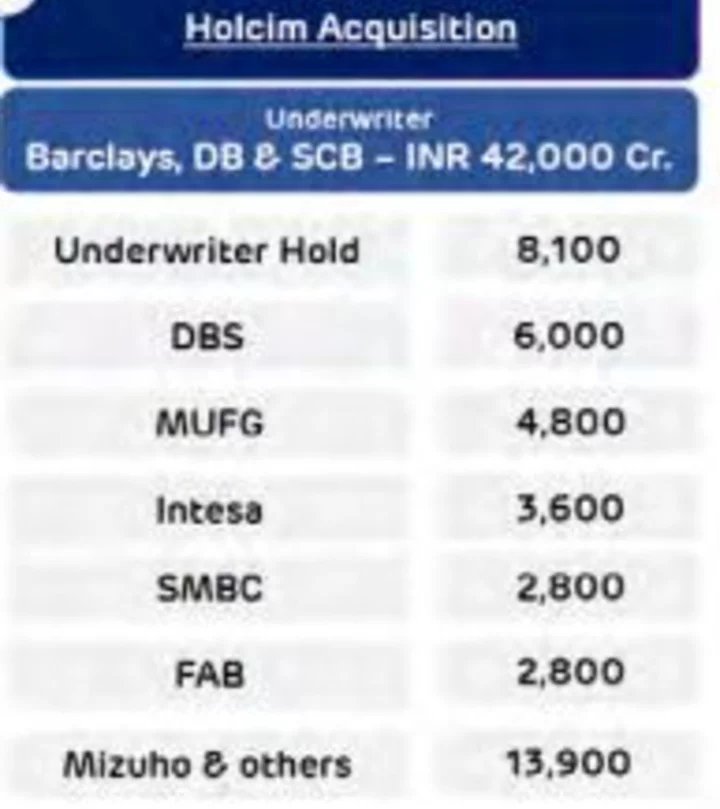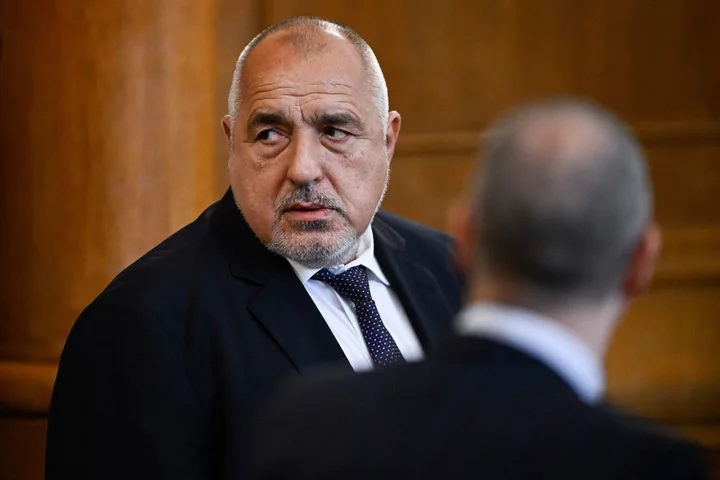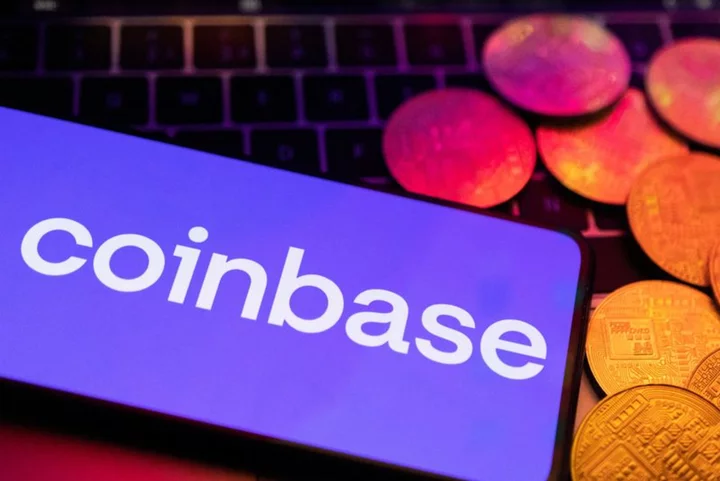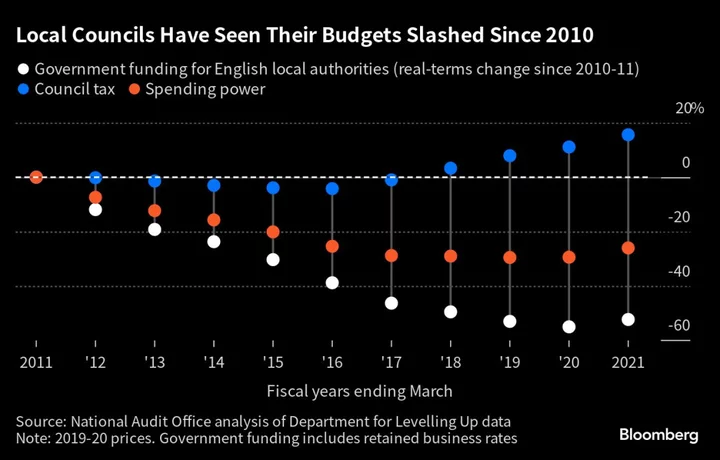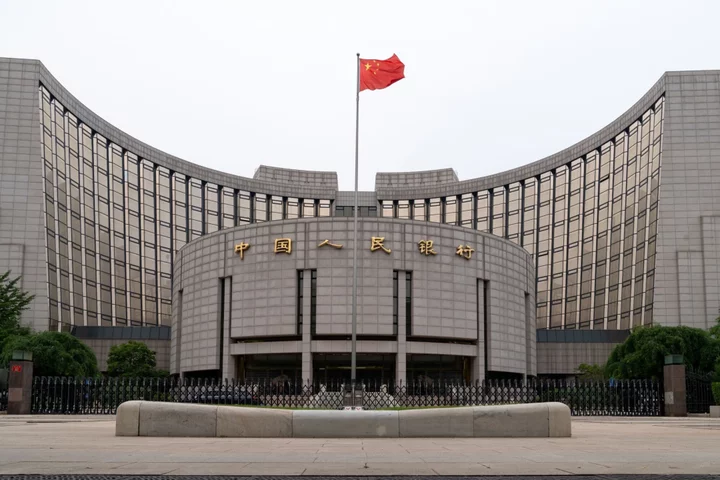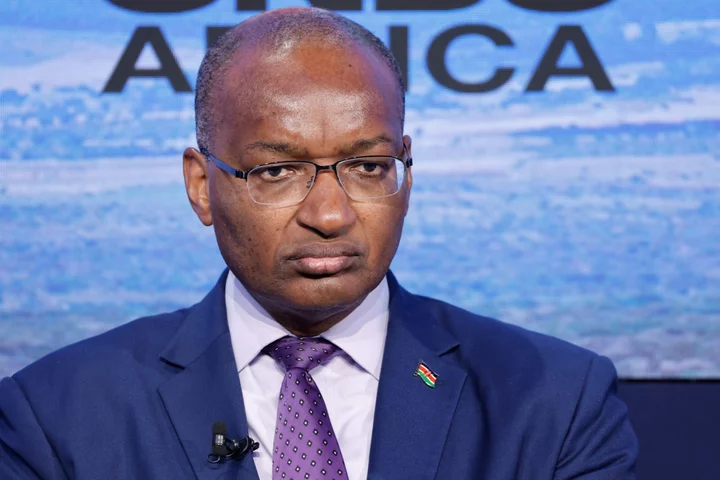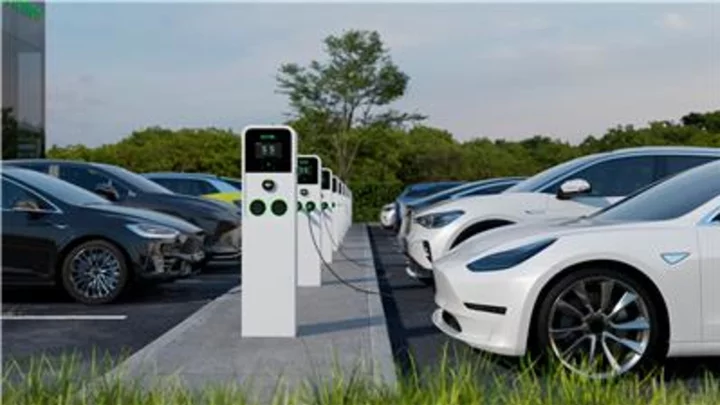For more than a decade, Barclays Plc has been the go-to bank for Indian billionaire Gautam Adani, leveraging a relationship forged when only a few global firms were working with the emerging conglomerate.
An explosive report by short-seller Hindenburg Research in January has changed all that, prompting the bank to pare its exposure, leaving a hole in an Indian business that’s been a key driver of the firm’s Asian growth for years.
Executives at the highest levels are scrutinizing ties with Adani, turning more cautious about adding new business pending a regulatory probe that’s supposed to end next month, according to people familiar with the matter. While Barclays hasn’t closed the door on the group, it’s negotiated repayment on some loans, including financing for a massive cement deal last year with Holcim AG, the people said.
Adani’s troubles underscore the delicate balance facing global banks as they support lucrative but potentially risky clients in markets like India. Barclays’ revenue from Asia has more than doubled in the last six years, with India leading the way.
“It’s a very tough choice since Adani may turn out to be a winner and the banks certainly want to be associated with winners,” said emerging markets investor Mark Mobius of Mobius Capital Partners LLP. “The amounts are so large it is difficult for a bank to exit the relationship.”
The pull-back is creating tensions within the firm, said the people, who asked not to be identified discussing private matters. Bankers in India want to revive the lucrative Adani relationship after business from the group dried up. Executives in London are more cautious, citing the reputational risks, they said.
Adani has denied the allegations made by Hindenburg. The group said in a statement to Bloomberg News that Barclays is among its 12 core relationship banks, and all are secure in their investments and exposure to Adani portfolio companies. The lenders continue to have “strong association with us” even after the Hindenburg report, Adani said, citing bank financing last month for a data center. Barclays wasn’t part of that lending group, which included ING Bank NV, Mizuho Bank, MUFG Bank, Natixis SA, Standard Chartered Plc, and Sumitomo Mitsui Banking Corp.
A Barclays spokesperson said the bank doesn’t comment on “rumor and speculation, but we note there are many factual inaccuracies.” They didn’t elaborate.
Barclays Ties
While many global firms — from Standard Chartered to Mitsubishi UFJ Financial Group Inc. and Deutsche Bank AG — have stepped up in recent years to help finance Adani as the billionaire’s empire grew, Barclays’ links to the group stand out. The UK firm was among the first international lenders to establish ties to Adani in India, and is the only major bank that bases its Asia-Pacific head in the country.
It’s been a lucrative relationship until the recent retreat. Barclays was the top overall arranger of bonds for the group from 2016 to 2021, and has been among the leading loan providers, trailing Standard Chartered, MUFG and others. The firm also ranks first for mergers advisory in India over the past year.
Fees from arranging bond sales and lending to Adani and other Indian groups like Mukesh Ambani’s Reliance Industries Ltd. have helped the bank boost its Asian revenue to more than 5% of its total — from just 2.5% five years ago — even as business for some global rivals in the region has grown more slowly, according to data compiled by Bloomberg.
In an April interview with Bloomberg Television, Barclays CEO C.S. Venkatakrishnan said Adani “seems to have taken quite a lot of steps to improve its own financial position, so that’s good.”
Venkatakrishnan, a native of India, said the bank will continue to invest in the country.
“We have long had a very strong investment-banking presence in India, it has contributed well to us,” he said.
India’s importance to Barclays was demonstrated as far back as 2016 when then-CEO Jes Staley met with Prime Minister Narendra Modi. Staley was reported as saying during his visit the firm planned to increase its back office operations in the country and gear up for future growth there.
Barclays CEO on Profit, Trading Revenue, Banking Turmoil
Barclays’ business in India has blossomed under the leadership of Jaideep Khanna, a 22-year veteran of the bank who was appointed head of Asia-Pacific in 2017. Unlike most Asia bank heads who are based in Hong Kong or Singapore, Khanna runs the unit from his eighth-floor office in Mumbai’s Ceejay House, one of the premier buildings in the Indian financial hub.
Khanna’s base has helped Barclays maintain close ties with India’s growing ranks of corporate giants, with Adani at the top of the list. While he has a team handling the group’s relationship, Khanna is Adani’s speed-dial banker for major funding deals, the people said.
Barclays is “probably the only international bank of our size and stature that has the regional CEO based out of India - that gives a sense to how important India is,” Khanna said in a 2021 interview with Bloomberg.
Barclays’ ability to take on more exposure in India via loans and credit backed by shares picked up after its local unit received a $400 million capital infusion two years ago — the biggest since it entered the country in 1990, according to people familiar.
Barclays has more than 24,000 employees in India, more than in any other country outside the UK, including thousands of call-center staff. That makes it one of the biggest employers for international banks in India. Among Barclays’ global units, India ranked fourth by revenue last year, trailing only the UK, US and Ireland. The India business, which also includes corporate and private banking, is more than twice the size of Singapore’s and Japan’s.
Most recently, Barclays was one of the lead bankers, along with Deutsche Bank and Standard Chartered, that helped finance Adani’s $6.5 billion deal to buy Holcim’s cement assets in India, the group’s biggest takeover.
Barclays was a “trusted sounding board,” on the Holcim purchase, providing part of the financing as well as merger advice, Jugeshinder “Robbie” Singh, Adani’s chief financial officer, said in an interview last year with the Economic Times of India.
That acquisition vaulted Barclays to the top of the rankings for mergers advisory in India over the 12 months to April, ahead of JPMorgan Chase & Co., according to data compiled by Bloomberg.
The challenge for the bank now is to come up with new sources of revenue in India with fewer deals from Adani. The group has yet to sell an offshore bond since the Hindenburg report, and, like many companies, had already been shifting to loans after borrowing costs in capital markets rose.
In a statement to Bloomberg, Adani said Barclays ranks eighth in terms of exposure to Adani portfolio companies as of March 31. It didn’t clarify its definition of exposure.
Most of Barclays’ ties to Adani has been via its investment bank, arranging bond sales and loans that aren’t held on its balance sheet — or that are subsequently sold down. Banks with greater exposure that directly hold Adani’s debt include Japanese and Middle East banks, the people said.
Read more: India Probe Finds No Sign Yet of Regulatory Failure on Adani
Adani’s stocks and bonds have recouped part of the losses after the group received an investment from GQG Partners Inc., and an interim report from an Indian court panel in May found no evidence of stock-price manipulation as alleged by the US short seller.
The group has also bought back some bonds and is seeking to sell shares and repay loans to bolster its balance sheet. It’s already repaid bankers $200 million of a $1 billion mezzanine loan for the Holcim assets, the people said. Barclays, Deutsche Bank and Standard Chartered provided the original loan. Adani also repaid a $500 million bridge loan from those banks in March for the Holcim purchase after some lenders balked at refinancing.
--With assistance from P R Sanjai, Divya Patil, Shikhar Balwani, Ayush Damani and Balkis Ammal.

